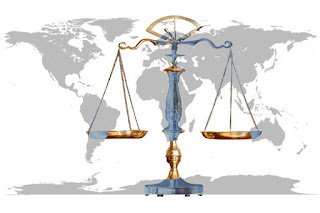The NPA Recovery & SARFAESI Act vetting of notice is the process by which the bank and its representatives communicate to the borrower about their failure to discharge their liabilities in accordance with the rules made under section 13 of the NPA Act. It is a formal procedure wherein the bank or its authorized officers will communicate the amount due to the borrower and specify the assets which they intend to enforce the security interest over in case the debtor fails to pay.
It is an essential and a mandatory procedure which has to be carried out with full vigilance by the concerned legal team in order to safeguard the rights of the lenders against the claims filed by the borrowers or their guarantors. This is because this can be a highly expensive and lengthy process which may not be favourable for the borrower/s.
complete analysis and rebuttals to the pleadings
There are many aspects of this vetting process which require the expertise of the legal experts in order to get the best results. The first aspect is the requirement of the legal team which can provide the complete analysis and rebuttals to the pleadings made by the lenders.
Another important aspect of this vetting process is that the lawyer must be aware of the factual background of the loan and should be capable to identify the right points for defence. This is because it can help the lawyers to come up with the most effective arguments for the lenders in order to win the cases in DRTs.
The legal team should also be aware of the relevant statutory laws in order to protect the interests of the creditors and their clients. This will ensure that the pleadings are well-founded and properly presented.
Depending on the nature of the matter, the lawyers should also be able to file the case in the Debt Recovery Tribunals as soon as possible. This is because the pleadings must be presented in time for the DRT'S to consider them before it can finalize its decision and orders.
As a result, the legal team will need to be well-versed with the latest amendments to the NPA and SARFAESI Acts as this may affect the proceedings of the case. The latest amendments were made by the central government to allow the banks and financial institutions to file the loan recovery application in the Debts Recovery Tribunals only if the debt is over Rs 20 lakh.
These changes are aimed at reducing pendency of cases in the DRTs. This will help the banks and financial institutions to recover their dues faster.
Fees for NPA Recovery & SARFAESIAct Vetting of notice
The fees for the NPA Recovery & SARFAESIAct vetting of notice will depend on the case and its complexity. It will also depend on the number of witnesses that are required in the case.
For example, if the loan is for a large sum of money then the law firm will need to hire several witnesses from various sources. In this case, the cost will be higher than a typical NPA Recovery & SARFAESI Act suit.
Other Legal Information: NPA Resolution & SARFAESI Act guidance for Borrowers

